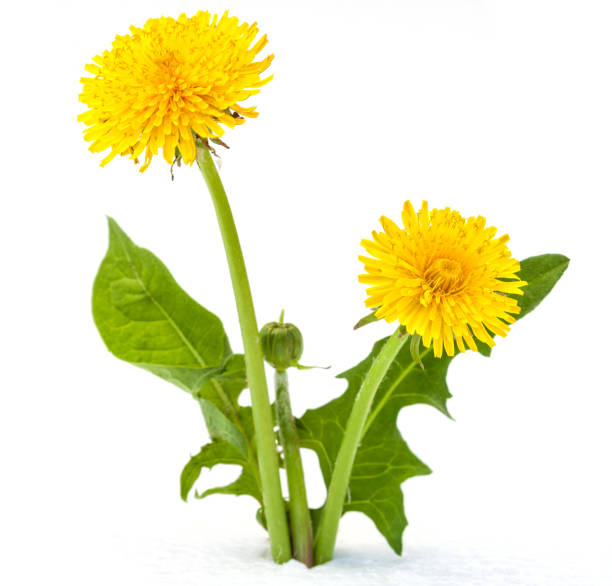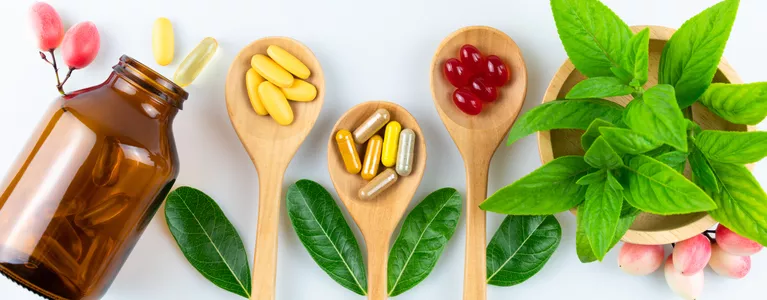
Introduction.
Take a walk outside. Check the corners of your yard, the grass by the fence, or even the cracks along the sidewalk. What looks like weeds to most people can actually be natural medicine.
The truth is, many of these everyday plants are loaded with nutrients and active compounds. Folk traditions have leaned on them for generations, but because they’re so ordinary, they rarely get mentioned in modern wellness circles.
I’ve spent years studying plants, their classification, chemical profiles, and how they react to their environment. That background helps me spot which of these so-called weeds carry real health benefits.
Let’s talk about three of the most overlooked yet powerful herbs: nettles, dandelions, and plantain. They’re common, easy to find, and surprisingly effective.
Nettles (Urtica dioica).
Everyone knows nettles sting. Brush past them once and you’ll never forget. But here’s the interesting part, the very leaves that cause irritation are packed with nutrition.
Nettle leaves contain vitamins A, C, and K, along with minerals such as iron, calcium, and magnesium. They’re also rich in flavonoids, which are known for easing inflammation. Modern studies suggest nettles may help soothe allergies and support joint health.
I still remember brewing nettle tea for the first time. I wore gloves, carefully picked young leaves, and made an infusion. The flavor was warm, earthy, and nourishing. No hype, just simple, natural goodness. Europeans knew this centuries ago; nettle soup was a springtime tonic after long, cold winters.
Sometimes, plants we dismiss as weeds deserve far more respect.

Dandelions (Taraxacum officinale).

Traditional healers used dandelion tea for sluggish digestion. Today, research shows it can also aid blood sugar regulation and liver detox.
Personally, I like roasting dandelion roots into a coffee-like drink, earthy, grounding, and gentle on the stomach. Young leaves go straight into salads. They’re a bit bitter but loaded with nutrients.
So, the next time a bright yellow flower pops up in your yard, maybe pause before pulling it out. It’s more medicine than nuisance.

Plantain (Plantago major).
Not the fruit, you’ll find this low-growing green rosette in lawns and paths everywhere. Chances are, it’s already near you.
Plantain leaves contain aucubin, a compound that helps fight microbes, and allantoin, which supports skin healing. Crush a fresh leaf and place it on a mosquito bite or minor cut, you’ll notice relief quickly.
I keep a few in my garden. Once, a neighbor’s child was stung by a wasp. I crushed plantain leaves, pressed them on the sting, and the swelling dropped in minutes. Simple, fast, and effective, that’s the strength of these overlooked plants.

Why People Ignore These Herbs?
There are three main reasons these plants don’t get attention:
They’re too common, and many assume weeds are worthless.
Big supplement companies can’t profit much from herbs you can pick yourself.
Traditional plant knowledge isn’t passed down like it once was.
Still, modern research is proving what folk medicine already knew: these everyday herbs are powerful, accessible, and inexpensive.
How to Use Them Safely.
- Harvest carefully: Stay away from polluted areas like roadsides or sprayed lawns.
- Know the parts: Nettles for leaves, dandelions for both roots and leaves, plantain for leaves.
- Keep it simple: Teas, light infusions, or fresh leaves work best.
- Start slow: Even gentle herbs can interact with medications.
I enjoy paying attention to how plants change over time—their taste, smell, and effect often shift with the season. If you listen closely, each plant has its own story to tell.
Summary.
It amazes me how often people spend large amounts on supplements while powerful remedies grow quietly in their backyards. Nettles, dandelions, and plantain aren’t exotic, but their mix of tradition and science makes them worth more than most realize.
With my background in plant science, classification, chemistry, and environmental responses, I can say with confidence: never underestimate the plants under your feet.
For real results, quality and timing matter. Source from trusted growers, organic farms, or simply grow your own. Harvesting at the right stage and preparing them properly can make a huge difference in how effective they are.
Start small, experiment, and see how these humble herbs can support your health.
Nature’s medicine cabinet might be closer than you think!

